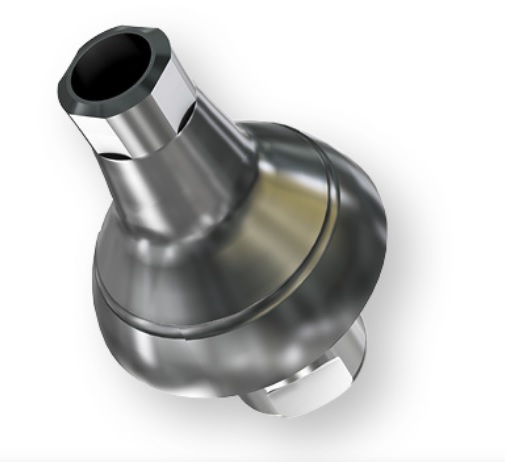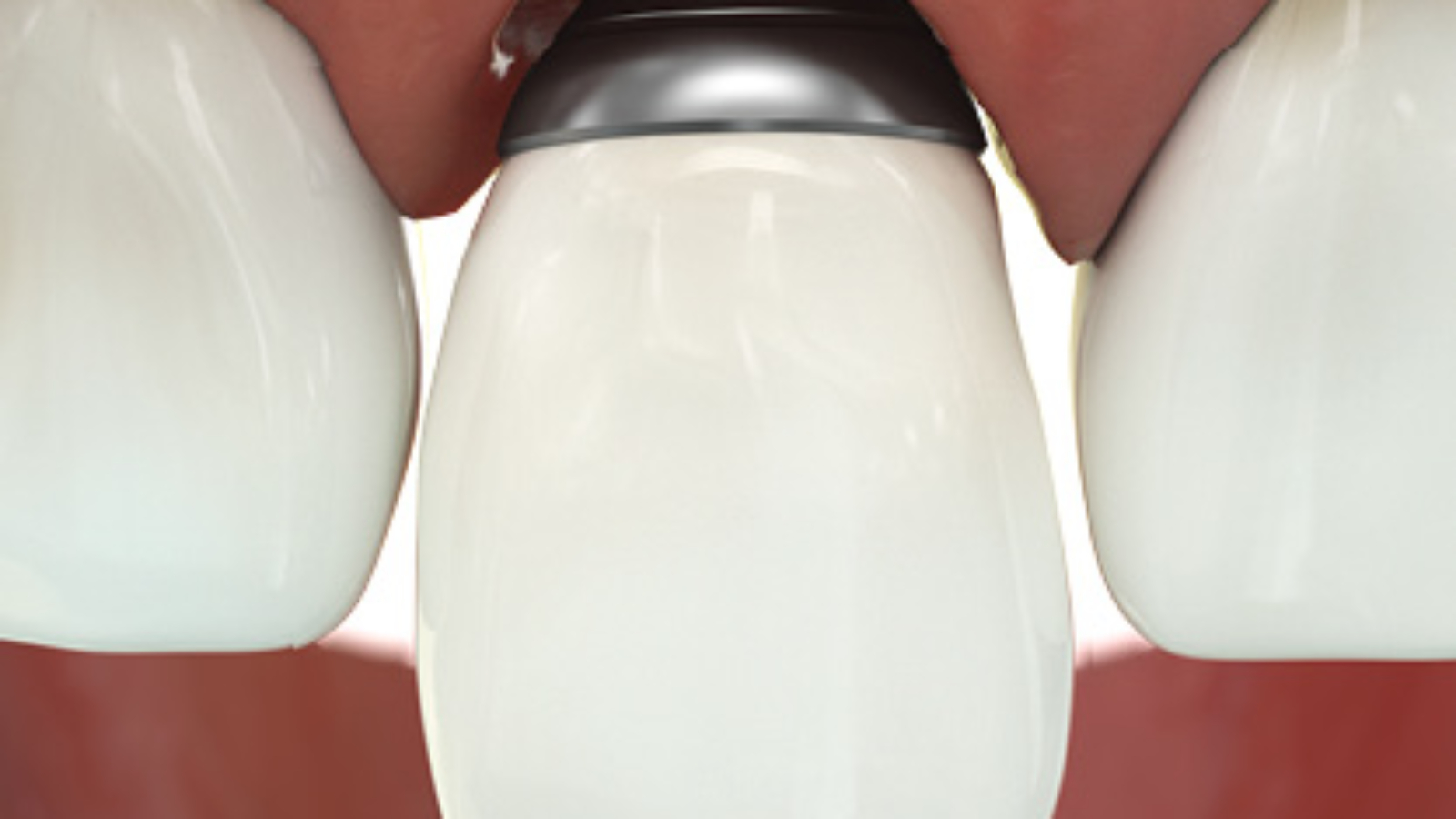Austria-based oral implantologist, researcher and inventor Dr. Mario Kern has developed the Extended Anatomic Platform (EAP), a patented process for creating metal 3D printed dental abutments.
An abutment is used as a connecting element for bridges, denture, and implants. With the integration of GE Additive’s Dental Hybrid Solution, which combines metal 3D printing and CNC milling, Dr. Kern’s EAP aims to “revolutionize dental implant prosthetics.”
“The Dental Hybrid process enables economical production of my abutment with the highest accuracy. With its dental expertise and technical solutions, GE Additive is the perfect partner for my business,” added Dr. Kern, who is also a Professor at the University for Digital Technologies in Medicine and Dentistry (DTMD) in Luxembourg.
“This solution combines the advantages of additive manufacturing with subtractive technology, to get the best out of both manufacturing worlds, which means a time and cost-efficient production process.”
Additive manufacturing and dental implantology
According to Dr. Kern, an increasing amount of patients are being fitted with dental implants; this has resulted in the increased presence of peri-implantitis, an infectious oral disease. More specifically, peri-implantitis inflames the gums and bone structure surrounding a dental implant, causing the tissue around the implant to recede. As a result of this, the metal abutments become exposed.
To remedy this problem, dental technicians use ceramic abutments to cover the exposed metal. This is not a permanent solution, as the ceramic can easily become loose. Therefore, the EAP was created to produce more biocompatible abutments with a natural aesthetic.
Previously, biocompatible, 3D printed dental implants were autonomously placed in the mouth of a volunteer patient by the world’s first autonomous surgical robot in China.
Manufacturing on Demand

EAP dental abutments
GE Additive’s Dental Hybrid Solution uses Follow-Me open software for data preparation and control of both the Concept Laser Mlab cusing 200R 3D printer and the Datron C5/D5 5-axis milling and post-processing machine.
Dr. Kern used the Mlab cusing 200R to produce narrow wall structures within his abutments. The Datron C5 was then used to further shape these structures. A 3D printable titanium edge is also incorporated in the abutments designed on EAP. This feature is modifiable and eliminates the issue of using adhesive bases for the connecting implant.
The surface of such abutments has been made for optimal cell attachment. “A smooth surface makes cell attachment difficult, and a rough surface facilitates bacterial growth. A roughness of 0.2µm of the EAP surface is ideal as it allows a positive impact on cell growth,” explained Dr. Kern.
With GE Additive’s hybrid dental solution, the EAP process has been said to reduce production costs and time by an estimated 40%. In addition, Dr. Kern reports that abutments manufactured using EAP have a final product density of 99.6%. As such, Dr. Kern has concluded that “additive manufacturing demonstrates better metallurgical properties than with a cast part made from the same material.”
Dr. Kern will launch EAP at the 2019 International Dental Show (IDS) in Cologne, Germany from March 12th-16th.

* This article is reprinted from 3D Printing Industry. If you are involved in infringement, please contact us to delete it.
Author: Tia Vialva


Leave A Comment